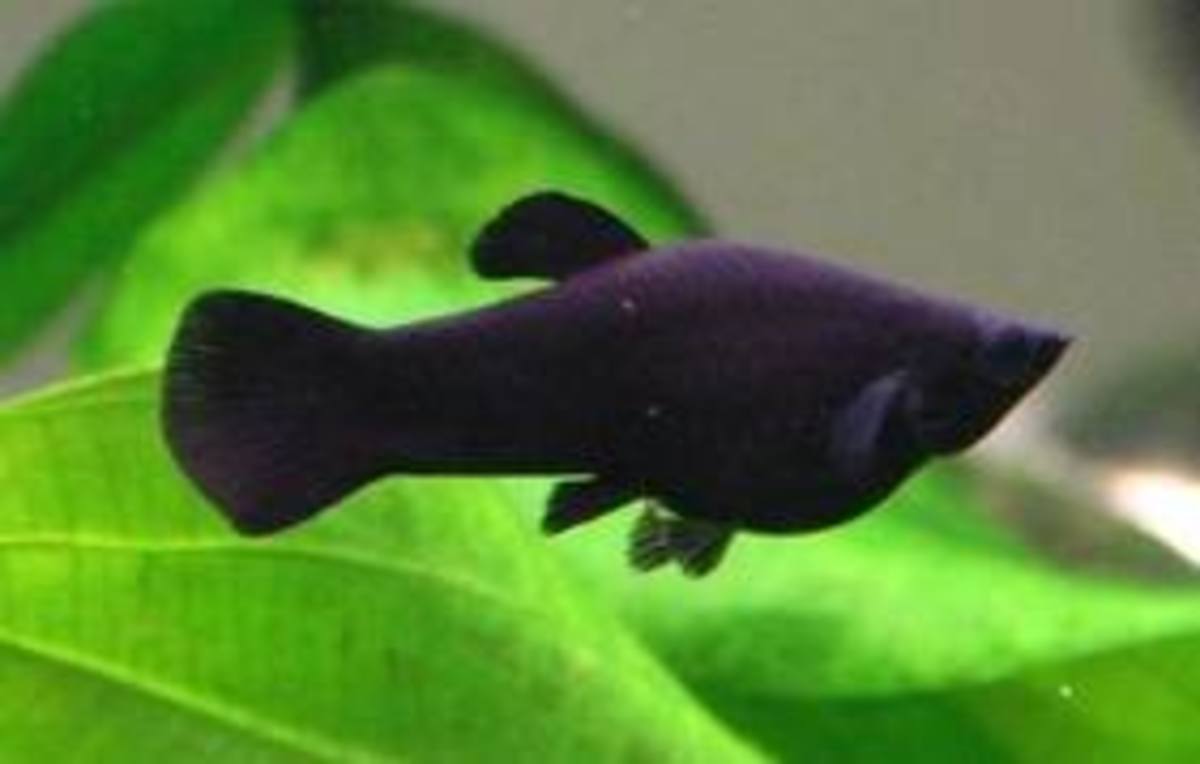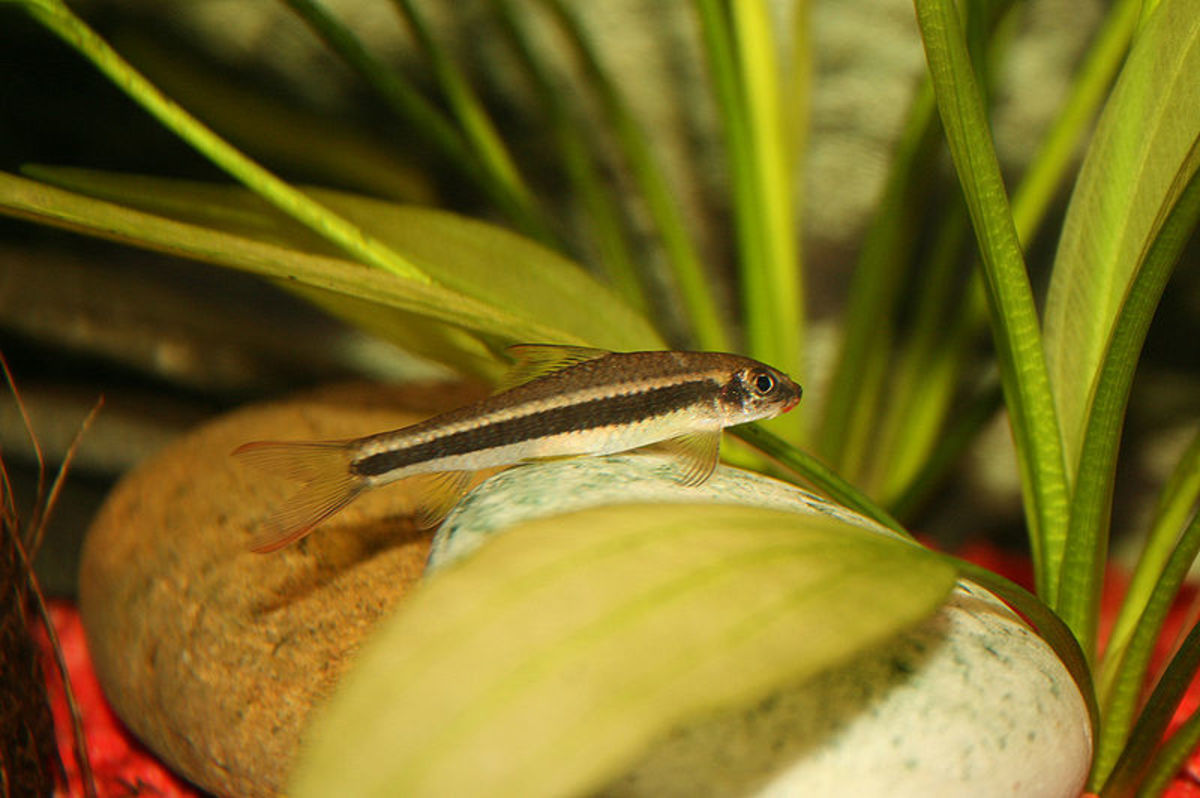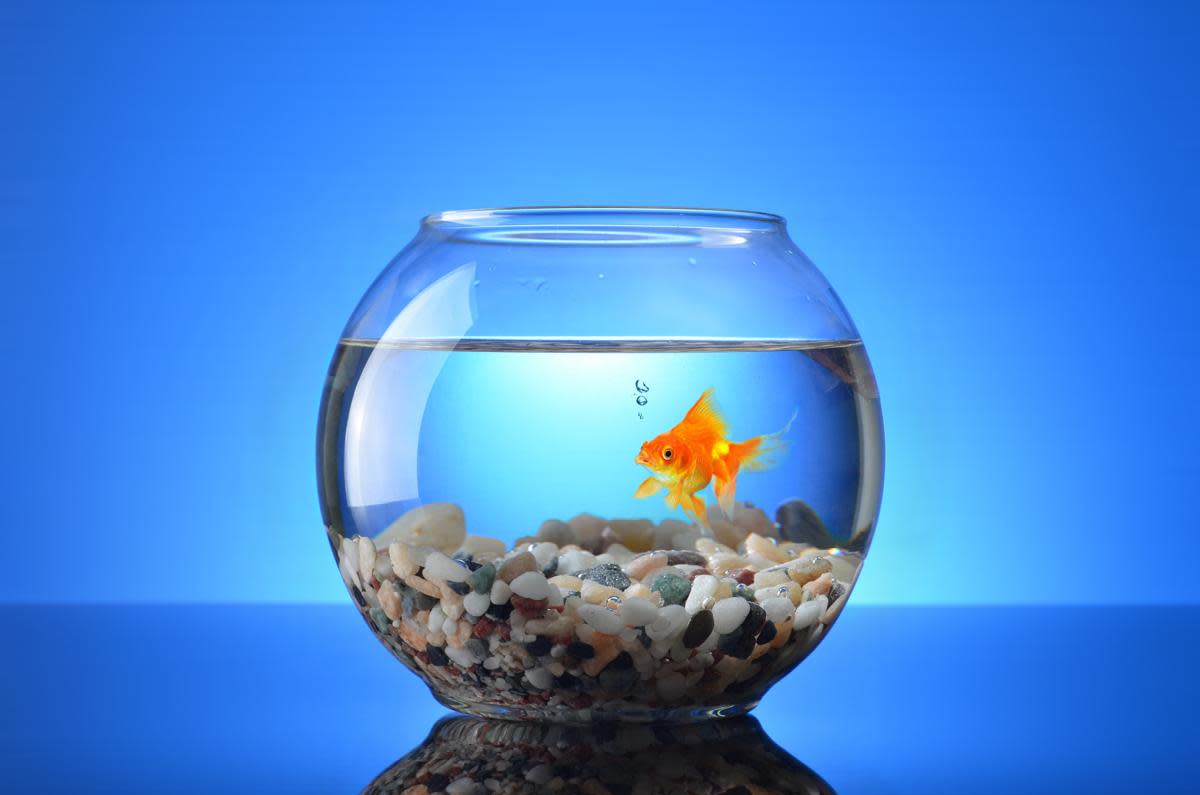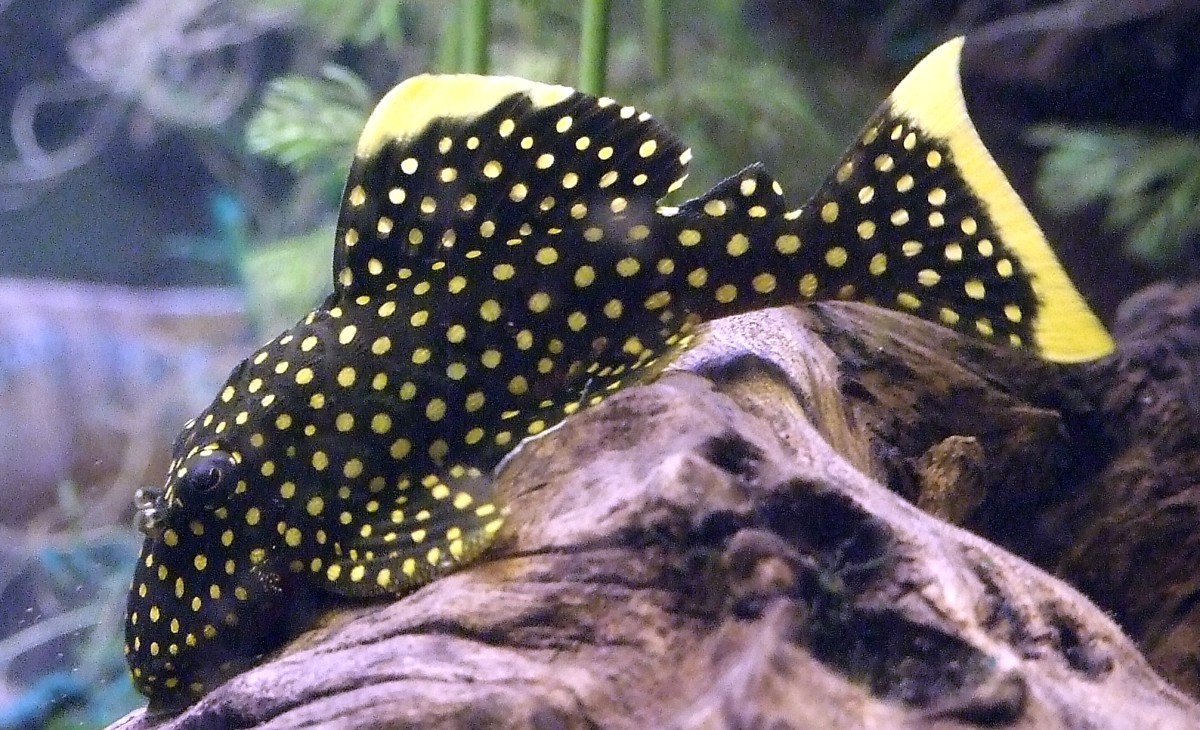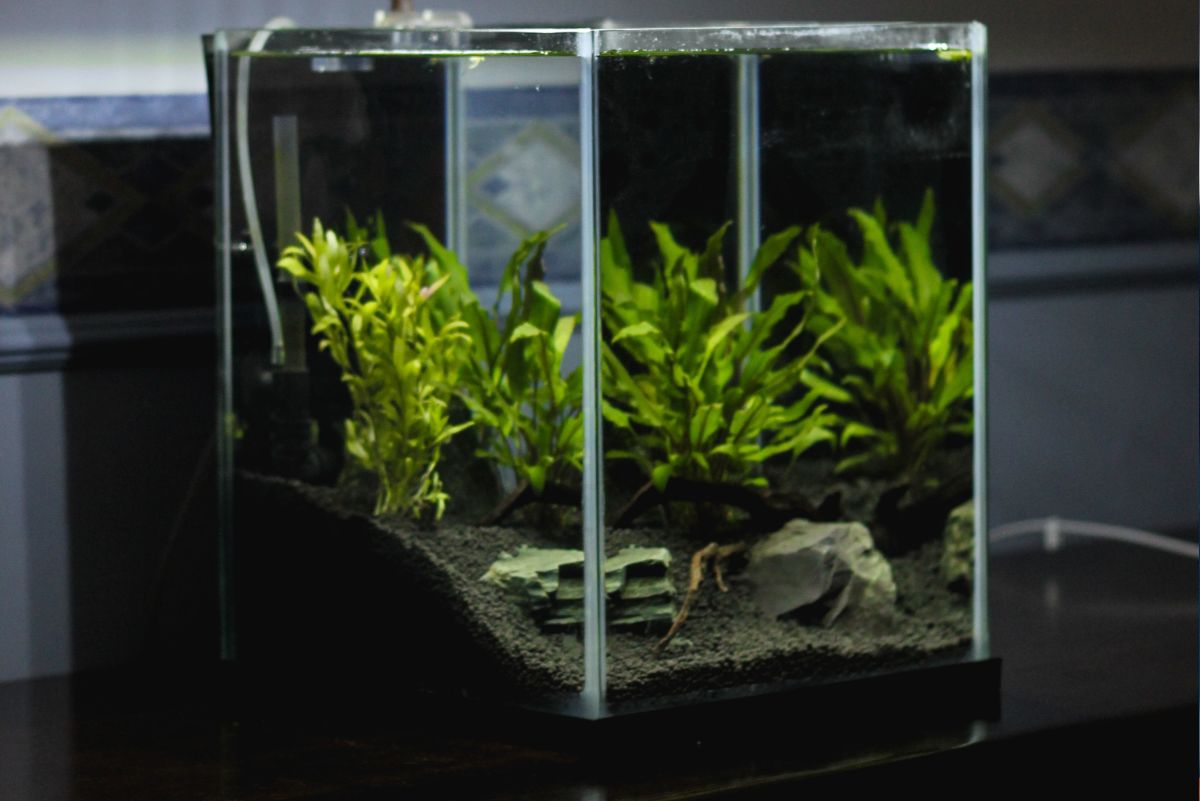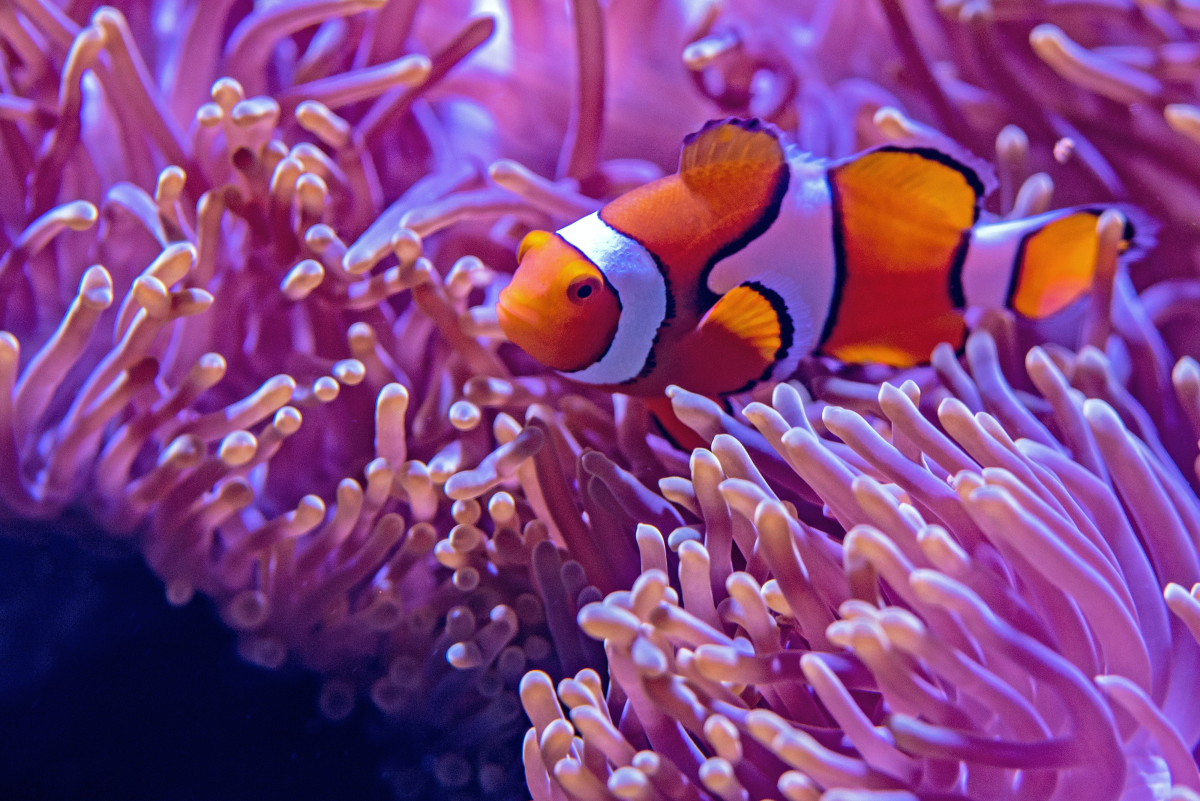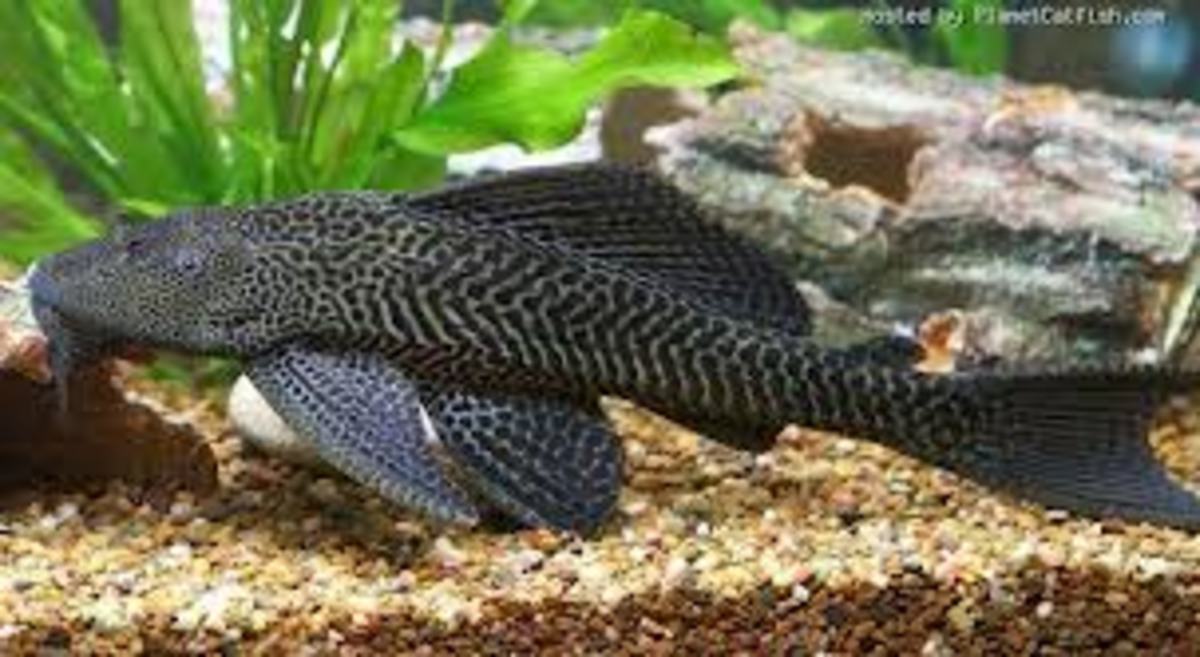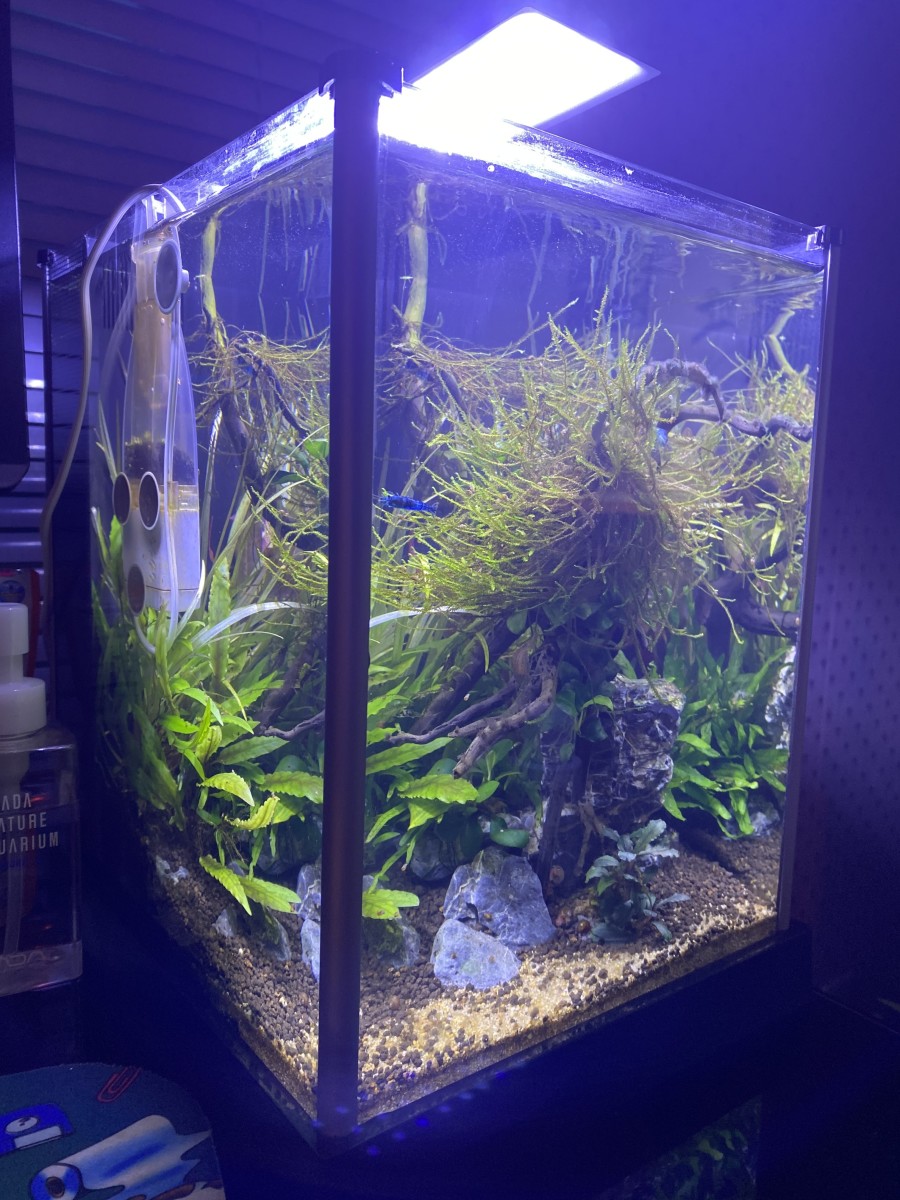- HubPages»
- Pets and Animals»
- Tropical Fish & Aquariums»
- Aquariums & Fishbowls
How to Start a Freshwater Aquarium
Why Start A Freshwater Aquarium?
A couple of years ago, I worked as a salaried manager for a retail store. The job wasn't bad and I liked being able to help the 90 people I supervised work out problems and improve their performance. Unfortunately, I was working for a tyrant and the stress that the abusive environment caused was starting to outweigh the positives of my job. As a result, I couldn't even enjoy my downtime...my off days were filled with dread and spent worrying about having to go back to work.
Eventually, I figured that I needed a hobby that could keep my attention on my days off...a distraction. After trying reading, home projects and a few other things I thought about getting a pet. I couldn't afford a desert fox or even an Akita, so somehow I landed on the idea of fish.
There are many valid reasons to start a fish tank. My reason was to reduce my stress level. Outside of reducing stress, fish keeping will also teach young ones responsibility. Having a well-maintained aquarium will also improve the aesthetics of just about any room, also.
What Should I Know About Freshwater Aquariums?
Freshwater aquariums are a great hobby, but there are a few things that you should know. Firstly, aquariums CAN be expensive and demanding for new hobbyist. However, they can be manageable if you first do your research. Freshwater aquariums have a delicate chemistry that must be maintained. Fish are extremely sensitive to water quality changes so poor maintenance can mean a lot of dead fish. There is a good amount of equipment to buy when starting fresh, but most of the equipment is available in cost-effective options.
Before you go down to your local fish store, you should first research. I know that this step seems boring but you should NOT skip this! Research now means less lost fish and investments later. Here are a few things to consider before you start shopping:
- How big of a tank can you afford? You will want to get the biggest tank your money can buy. Bigger tanks are easier to maintain because they are not impacted as much by changes in the water quality. This means that there is less sensitivity, meaning less chance of fish loss. Also, the bigger the tank the bigger the fish you can buy. Generally, the rule is one inch of fish per gallon of water. Like a lot of things, your tank size matters. Bigger is better!
- What kind of fish do you want to keep? Do your research and find out what type of fish you want to keep. Do you want colorful fish that give you the feel of a marine tank? Try cichlids. Do you want to keep puffer fish? If so, you will need to have a brackish (slightly saltwater) tank. Do you want to keep angel fish? You will need to have soft water (or devices to make your home's water soft). Do you want to keep koi or goldfish? You will need to go sans heater since they do better in cold water.
- Do you want to keep live plants in your tank (aquascaping)? There are many benefits to having live plants in your tank. Live plants provide a more natural habitat for your fish. Many fish feel stressed in the open and require plants to hide and breed in. Real plants are generally more gentle on your fish too, scratching less. Most importantly they take in carbon dioxide and give off oxygen during the day, creating a better environment for your fish (this process reverses in the darkness of night so increase water movement with an air stone).
As you can see, in fish keeping, one decision often leads to others. I can not emphasize enough...DO YOUR RESEARCH!
Start Your Own Freshwater Aquarium
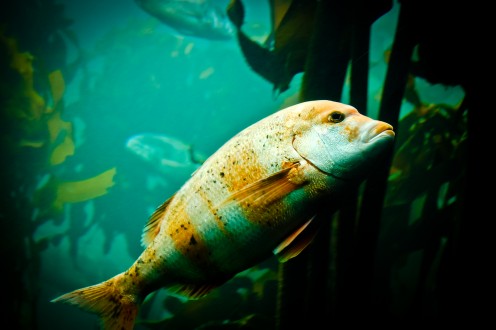
The Shopping List
Generally speaking, all freshwater aquariums require the same basic items. Your personal preference may require more, but this is a list of the basic needs of an aquarium:
- Aquarium. This could be glass (the most common) or acrylic. Glass is heavier, but less prone to scratching. Acrylic is lightweight and more flexible, but more expensive. I would say that the biggest difference between the two types are the seams...acrylic is considered more leak resistant since the seams of the tank are chemically bonded. Personally, I've only purchased glass tanks.
- Filtration. You will need some kind of system to filter the water to help keep it clean. There are three types of filtration: mechanical (continually passing water through porous materials to remove waste particles), chemical (passing water through carbon to remove dissolved materials like metals and ammonia) and biological (a naturally occurring bacterial colony that eat away harmful elements in your tank). I use a combination of all three filtration types in my tank. Currently, I use a hang-on-back (HOB) bio-wheel filter (mechanical) that has carbon pellet cartridges (chemical) inserted in it. The biological filtration is a given since my tank has been cycled (see below for cycling info).
- Lighting with a hood. When you buy your aquarium, a light will likely be included. However, if you plan to grow live plants in your tank you may want to consider buying a different type of bulb (metal halide, T-5 HO, etc). A hood will be required to enclose to top of tank to prevent jumping fish from leaving the tank.
- Substrate and Décor. The substrate will be the material that you choose to cover the bottom of your tank. The most common substrate is pebbles/rock. You could also use smooth river rock, sand, grass or any combination. By décor, I simply mean something that your fish can interact with and take shelter in. This can be caves, tree stumps (real or plastic), large rocks or plants.
- Air pump, tubing, air stones and safety valves. Water movement is important for a healthy tank. Your filter will like create a good deal of water movement, but having the addition of a water pump will be beneficial. Air pumps will push air through the tubing, which forces air through the porous air stones that reside in the tank. This pushes bubbles into the tank. The bubbles rise to the top of the tank and breaks the water surfaces. The breaks in the water surface releases harmful carbon dioxide. Safety valves prevent the backflow of water out of the tank during power failures, which is a cheap option to prevent flooding your living room.
- Water Conditioner. The water that comes out of our faucets contain chlorine and metals. This stuff is deadly to fish. Water conditioner will remove the harmful chlorine. Many brands also claim to help keep fish scales healthy.
- Test Strips. These are little paper strips that you dip in your tanks water. Quickly dip them and as they sit they will change to different colors, indicating different kinds of water chemistry. These strips shows the level of chlorine, pH, nitrates and nitrites in your water. Most also show how hard or soft your water is. This is a must for newbies to know exactly when to perform water changes.
- Fish food. As you will see there are tons fish food on the market. It's not just flake food anymore. Frozen beef heart, algae wafers, blood worms, daphnia, etc. The type you buy will depend on the fish you buy.
- Fish. Pretty obvious, right? Just remember, one inch of fish for each gallon of water your tank will hold. The rule works in general, but use some common sense too. If you have a ten gallon tank (which is generally about 20''x10''x12''), you wouldn't want to put a single 10'' fish in the tank. That giant fish wouldn't have room to turn around or swim. However, if you put ten 1'' guppies in the tank, it would probably be fine. It is my recommendation that you do not stock your tank to the absolute limit of this rule, however. When picking your fish, don't just consider the size the fish are now...use the measurement that your fish will grow to be. If you have the same guppies in the same 10 gallon tank, but each guppy grows to 3 inches, you will find that tiny tank severely lacking (remember the research mentioned above?).
Stocking Your Fish Tank
So you've done your research. You've bought your supplies. You've set up your tank. Now's the time to fill that puppy with fish, right? Wrong! Before you stock your tank, you must first cycle the tank. Cycling is the process of growing beneficial bacteria which will grow in your filter media and your tanks' substrate.
In a tank, you feed your fish (hopefully). They eat the food, digest it and pass the waste out (called the fish's bio-load). This waste takes the form of ammonia. Ammonia is deadly to fish. Fortunately, the good bacteria you're trying to grow loves ammonia. It loves it so much that it actually eats it away. If you're starting a new tank and just throw the fish in, they will likely die. You MUST cycle the tank!
The most common way to cycle a tank is to buy cheap, "starter" fish. Many will cycle tanks with goldfish because they are cheap and have large bio-loads. If you want to cycle with tropical fish, danio fish (aka "zebrafish") are hardy fish that many people (including me) cycle with. I've cycled a few times and have had most survive the process. If you do not want to risk sacrificing your fish, you can add ready-made bacteria that you can buy bottled at pet and fish stores. This is a more humane shortcut, but it still takes time.
As you are cycling, add a few fish (or ready-made bacteria or no fish & a few drops of household ammonia) to your water to start. As the ammonia level increases, good bacteria will be encouraged to grow. If you have fish to cycle your tank, make sure you do partial water changes frequently (20-30 percent of the water in your tank removed and replaced with fresh, clean water) to keep your fish safe. Buy test strips and check your water for chlorine, nitrates, alkalinity, etc. Complete water changes to keep your water in the safe zones indicated on your test strips. You can also take samples of your tanks' water in to your local fish store and they usually will test it for you for free (good ones will, at least). Your tank will probably take 2-4 weeks to cycle completely. After it has cycled buy more fish, adding no more than 1-2 at a time. Adding too many fish too fast will overwhelm your biological filtration and you will have to cycle all over again.
So What's Next?
You've cycled your tank, which we know is the most important part of starting a new tank, so now the only thing to do is to do water changes and enjoy it. Buy fish and enjoy learning their personalities. Good luck and enjoy your new low-maintenance pets!

